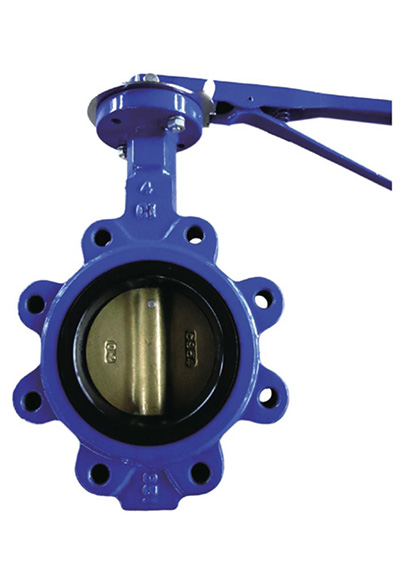Samh . 07, 2024 08:05 Back to list
Exploring the Functionality and Benefits of Three Way Air Valves in Pneumatic Systems
The Three-Way Air Valve A Versatile Component in Pneumatic Systems
In the realm of pneumatic systems, three-way air valves play a crucial role in controlling airflow and managing pressure. These valves are designed to direct air to different paths, allowing for the efficient operation of various machinery and equipment. Their versatile nature makes them indispensable in a multitude of applications, ranging from industrial automation to automotive systems.
Understanding Three-Way Air Valves
A three-way air valve operates by shifting the flow of air between two output ports based on the position of a sliding or rotating mechanism within the valve. Typically, these valves have one inlet and two outlets, or alternatively, one outlet and two inlets. The actuation of the valve can be manual, pneumatic, or electrical, making it flexible for different settings.
The configuration of three-way valves can generally be classified into two types “normally closed” and “normally open.” In a normally closed configuration, the valve remains shut until activated, allowing airflow only when needed. Conversely, a normally open valve allows airflow at all times and stops it only when the valve is actuated. This functionality is essential for controlling the sequence of operations in automated systems.
Applications of Three-Way Air Valves
Three-way air valves are widely used across various fields due to their flexibility and reliability. In manufacturing settings, these valves are used to control the movement of actuators and cylinders, enabling precise control over equipment such as conveyor belts, robotic arms, and clamps. By efficiently managing airflow, these valves can enhance the speed and efficiency of production lines.
In the automotive industry, three-way air valves are often applied in air suspension systems. These systems require precise control of air pressure to maintain vehicle stability and comfort. The ability to divert air to different suspension components allows for adjustable ride height and improved handling dynamics.
three way air valve

Another area where three-way air valves find application is in HVAC systems. In heating, ventilation, and air conditioning systems, these valves help regulate airflow and ensure optimal temperature control and energy efficiency. By controlling air distribution, they play a significant role in maintaining comfortable indoor environments.
Benefits of Three-Way Air Valves
The benefits of incorporating three-way air valves into pneumatic systems are manifold. Firstly, their capability to control multiple air paths with a single valve simplifies system design and installation. This not only reduces the amount of piping required but also minimizes potential leak points.
Secondly, three-way air valves contribute to enhanced control over system operations. By allowing for quick direction changes in airflow, they facilitate rapid response times, which can be crucial in applications that require precise timing, such as automated production lines.
Moreover, these valves are typically designed for durability and reliability, ensuring prolonged service life even in demanding environments. The choice of materials and construction techniques in modern three-way air valves make them resistant to wear and capable of handling diverse pressures and temperatures. This reliability translates to reduced maintenance costs, further enhancing their appeal to industries where downtime can be costly.
Conclusion
In summary, the three-way air valve is an integral component of modern pneumatic systems, offering flexibility, precision, and efficiency. Its ability to control airflow directions makes it invaluable in a wide range of applications, from industrial automation to automotive technologies and HVAC systems. As industries continue to evolve and demand more sophisticated control mechanisms, the role of three-way air valves will undoubtedly expand, cementing their position as essential components in mechanical and pneumatic engineering. With continued advancements in design and technology, these valves will keep driving improvements in efficiency and performance across various sectors.
Share
-
Reliable Wafer Type Butterfly Valves for Every IndustryNewsJul.25,2025
-
Reliable Flow Control Begins with the Right Ball Check ValveNewsJul.25,2025
-
Precision Flow Control Starts with Quality ValvesNewsJul.25,2025
-
Industrial Flow Control ReliabilityNewsJul.25,2025
-
Engineered for Efficiency Gate Valves That Power Industrial PerformanceNewsJul.25,2025
-
Empowering Infrastructure Through Quality ManufacturingNewsJul.25,2025